Feilschmidt Siblings: Willie, Joseph, Stephanie, Louise, and Hugo
In 1902, Leopold Feilschmidt and his wife, the former Regina Barbak, immigrated to the United States from Austria with their young children Willie and Stephanie. After settling in Dallas, Texas, where Leopold and Regina worked as tailors, the family soon grew to include Joseph, Louise, and Hugo. In 1907, reportedly suffering from “acute mania” due to “overwork and care of five children ranging in age from 9 years to 5 months,” Regina was hospitalized at North Texas Hospital for the Insane (as it was known) in Terrell, Texas. A few months later, with the recommendation of B’nai Brith’s Dallas Lodge, the Home’s board granted Leopold’s application to admit his four oldest children; baby Hugo joined his siblings in the Home two years later. Regina remained hospitalized until her death in 1921.
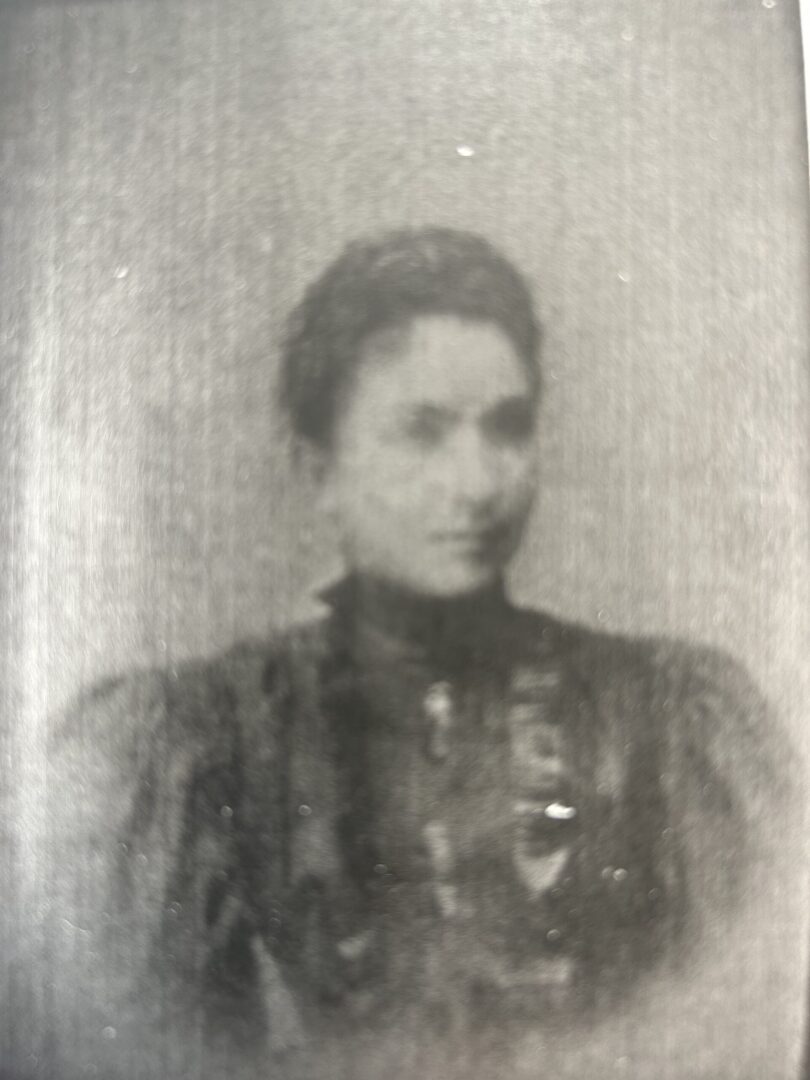
Regina Barbak Feilschmidt, undated. Courtesy of her grandson, Dr. Wayne Fieldsmith.
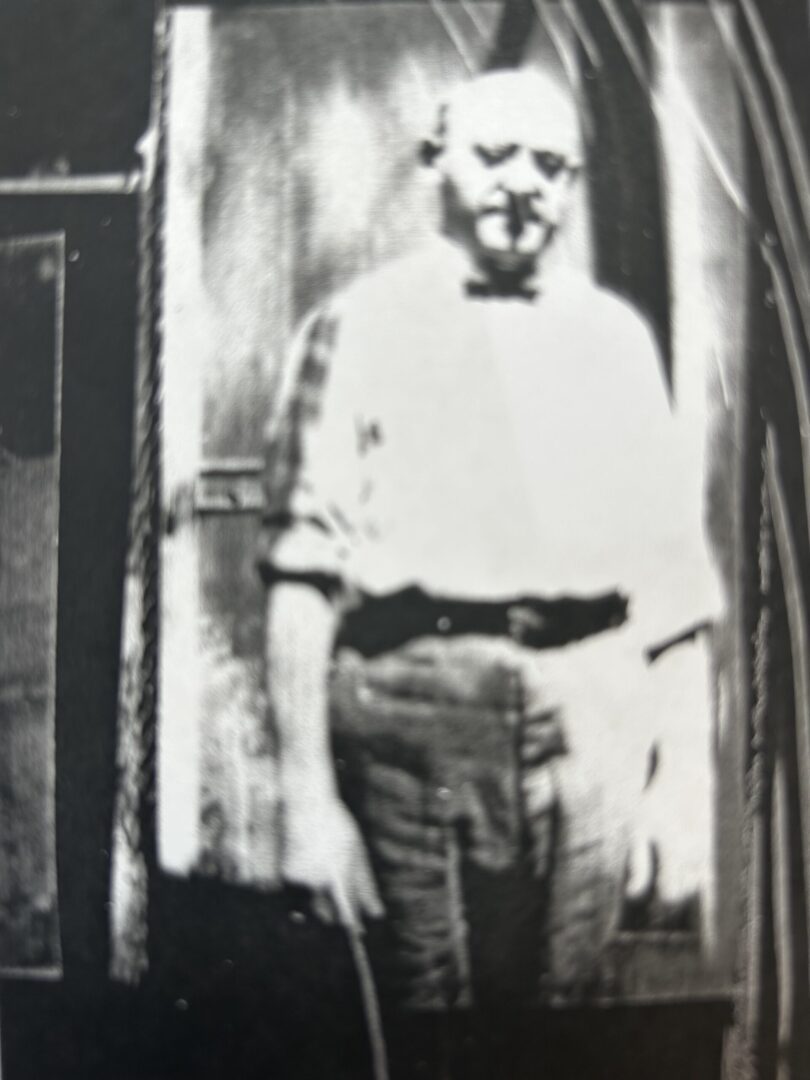
Leopold Feilschmidt, undated. Courtesy of his grandson, Dr. Wayne Fieldsmith. Leopold died in July 1923, succumbing to a heat wave in Dallas.
In 1912, 14-year-old Willie returned to his father. He died in 1928, survived by his wife, the former Mamie Lipshy, and infant son. Joseph, who served as a Big Brother and won the B’nai B’rith golden watch fob for earning the greatest number of Golden City cards in 1919, remained in the Home until his 1920 graduation from Newman School. He later moved to California where he lived his wife and son.
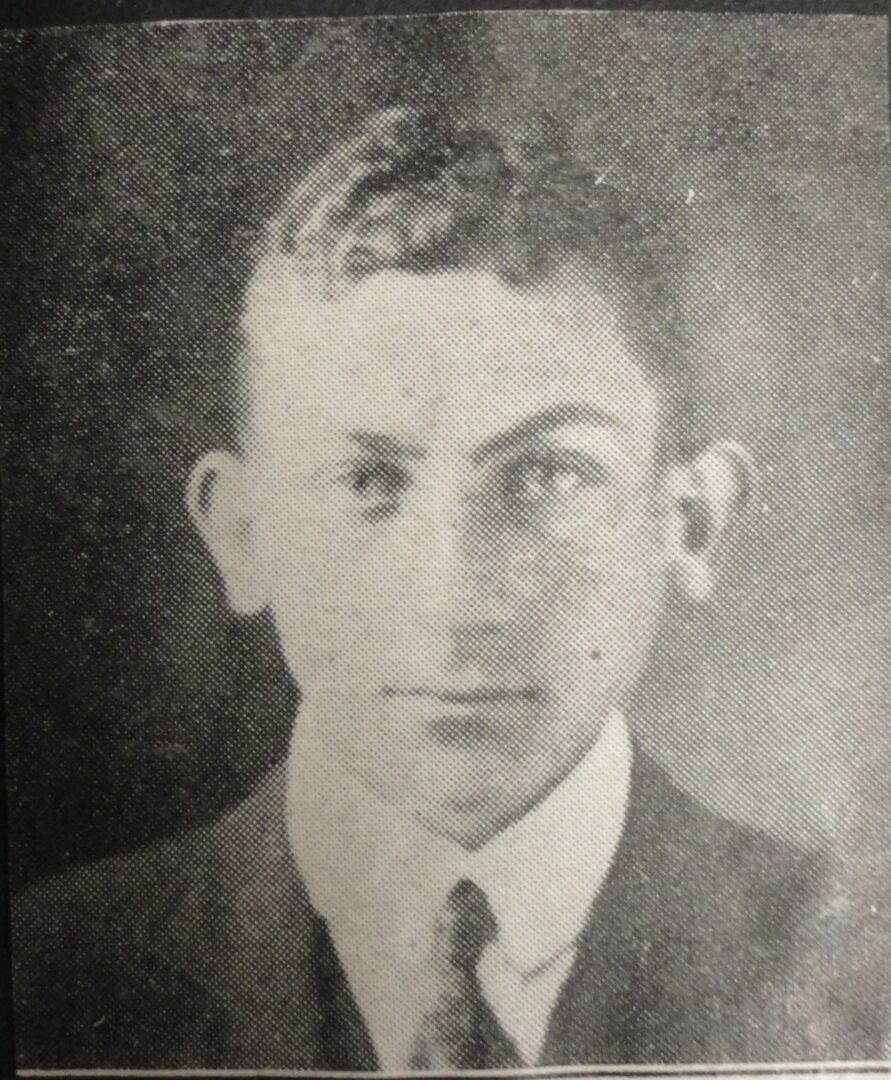
Joe Feilschmidt, senior photo, 1920, Isidore Newman Manual Training School Pioneer.
In 1917, the board discharged Stephanie (and two other Home children) to New Jersey’s Vineland Institute where it believed they could receive “scientific treatment and properly supervised instruction” to address what the board deemed educational and behavioral challenges. Stephanie later returned to Texas, where she married and raised a family. She died at the young age of 36 and, in 1937, in a poignant twist of fate, her husband admitted their three children to the Home.
Louise and Hugo, like their older brother Joe, were elected officers in the Home’s Golden City self-government and achieved strong records while at Newman School. When she graduated from Newman in 1922, Louise won a scholarship to Newcomb College, earning her bachelors degree in 1926. Having held posts as Newcomb’s student body president and a member of its Dormitory Council, Louise received high praise from her college classmates who called her “one of the Big Four of the Class of 1926.” Even after Louise moved to Memphis with her husband Frederic Cecil Goodman and raised two daughters, she remained close to Irma Leucht Rosen (the daughter of stalwart Home leader Rabbi Isaac Leucht), who had served as her “Big Sister” and benefactor during her time in the Home.
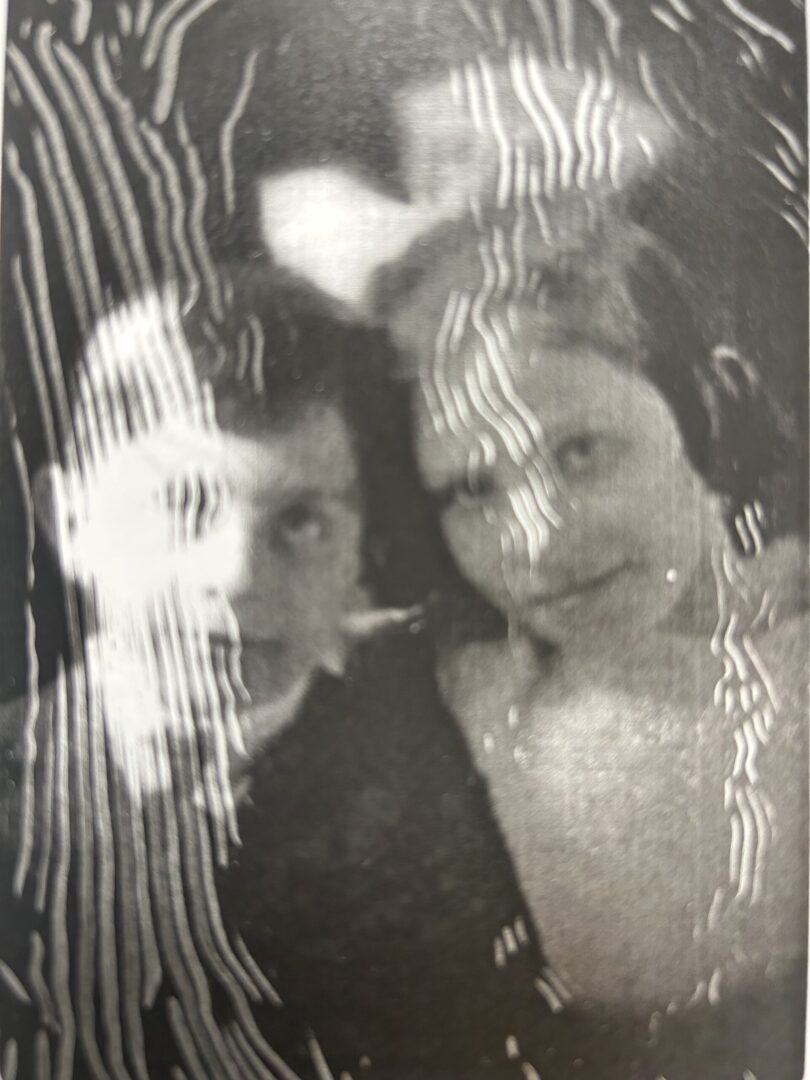
Hugo and Louise Feilschmidt, c. 1910. Courtesy of Hugo’s son, Dr. Wayne Fieldsmith.
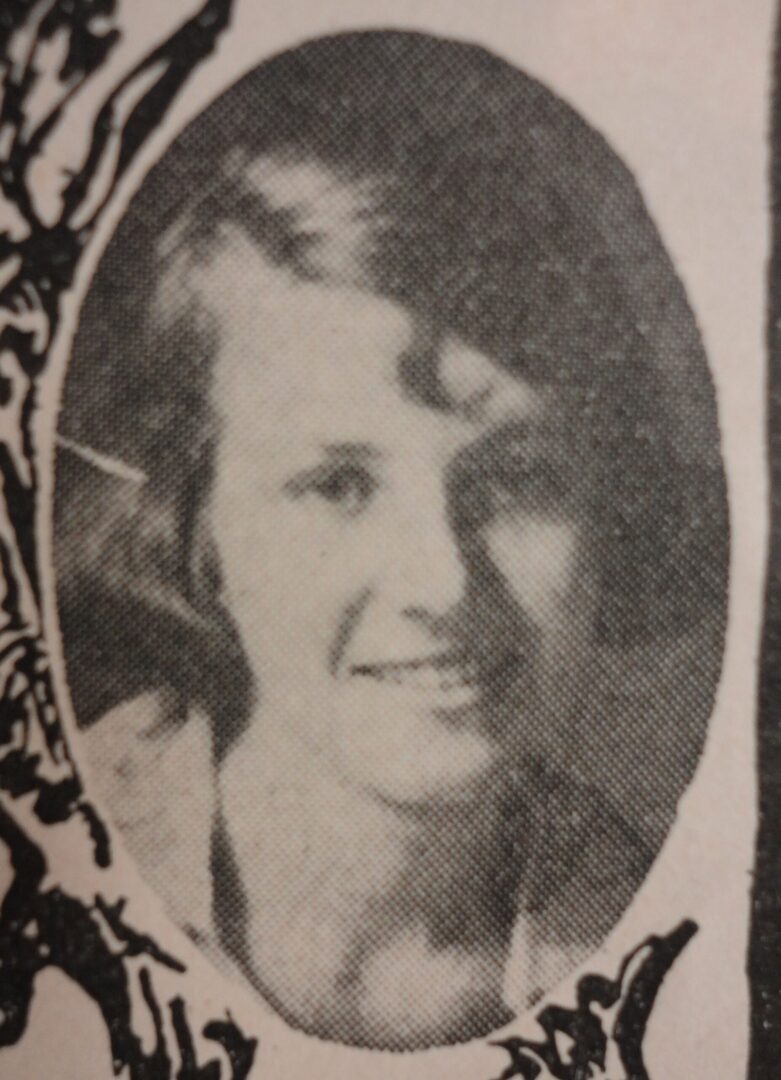
Louise Feilschmidt’s senior high school photo, Newman School Pioneer, 1922.
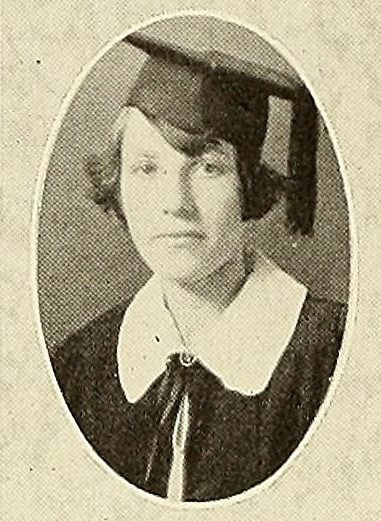
Louise Feilschmidt’s senior college photo, Tulane Jambalaya, 1926.
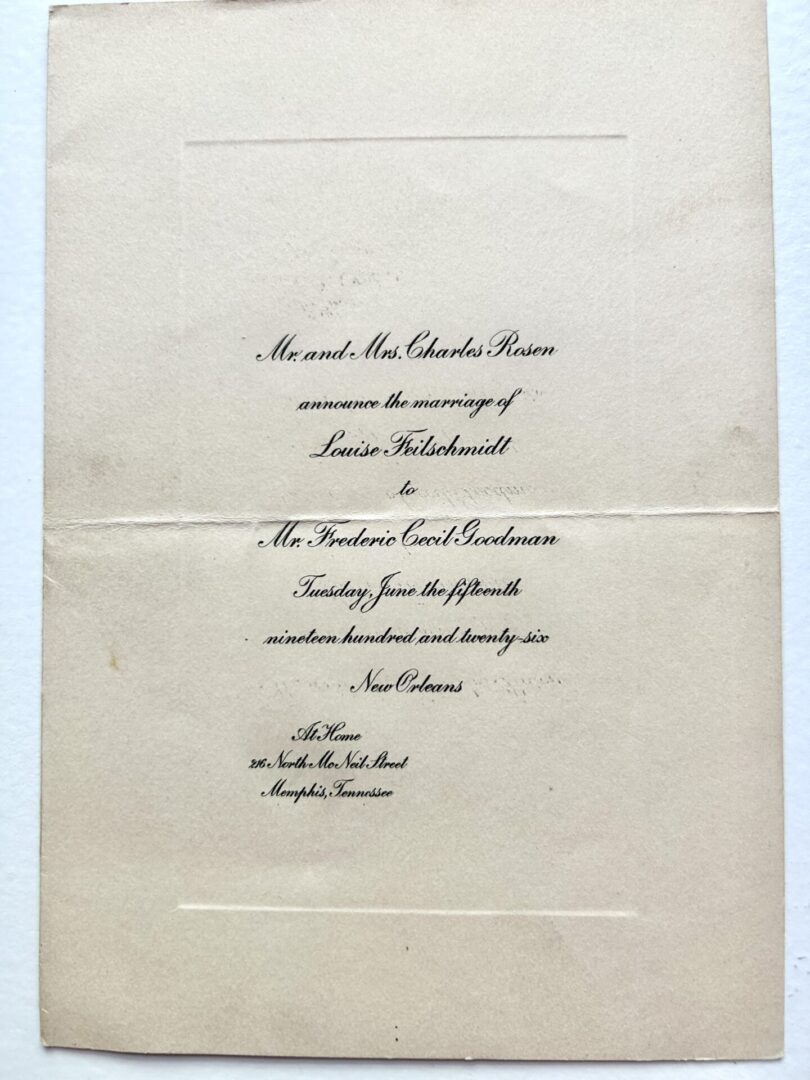
Reflecting the ongoing close relationship Louise shared with her “Big Sister,” Irma Leucht Rosen, this is the announcement Rosen issued after Louise’s 1926 marriage to Fred Goodman, which was celebrated in Rosen’s home on New Orleans’s lovely Rosa Park. Courtesy of Steve Salky, Louise’s grandson.
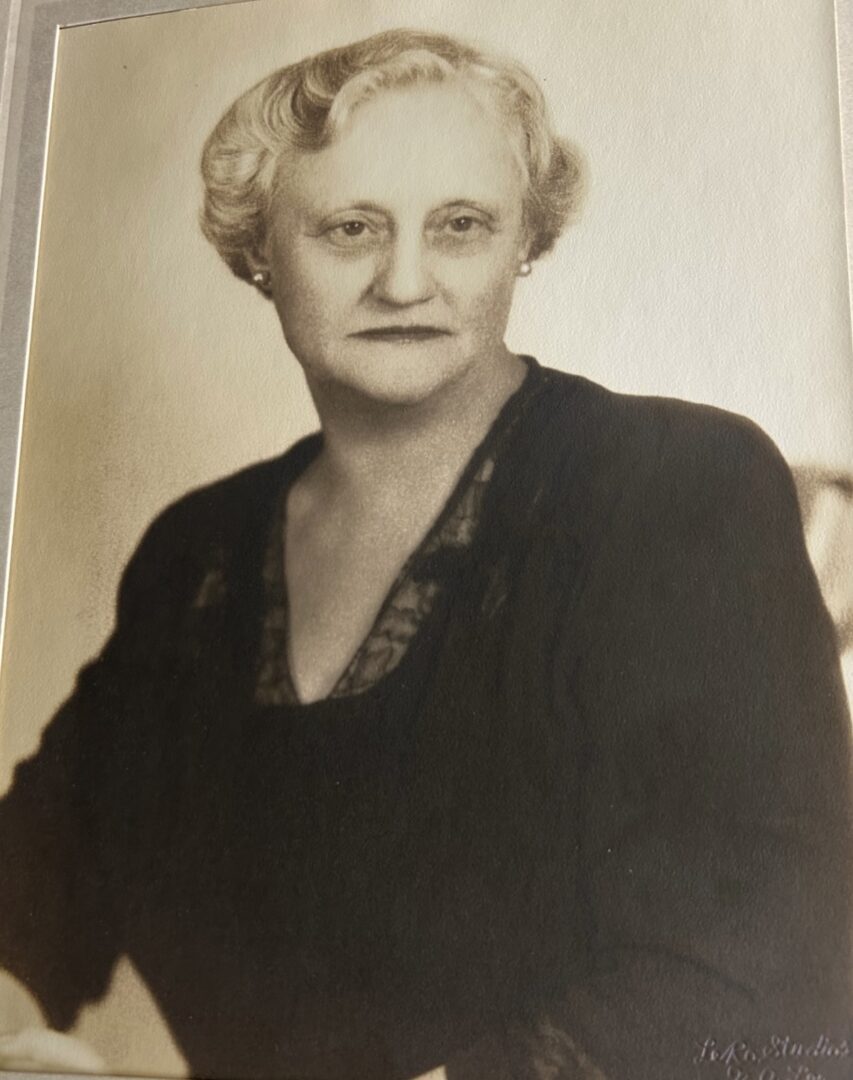
Irma Leucht Rosen (above), daughter of Rev. Isaac Leucht, and her husband Charles Rosen (below), served as Big Sister and Big Brother while Louise Feilschmidt lived in the Home, a relationship that lasted throughout their lifetime. Courtesy of Steve Salky.
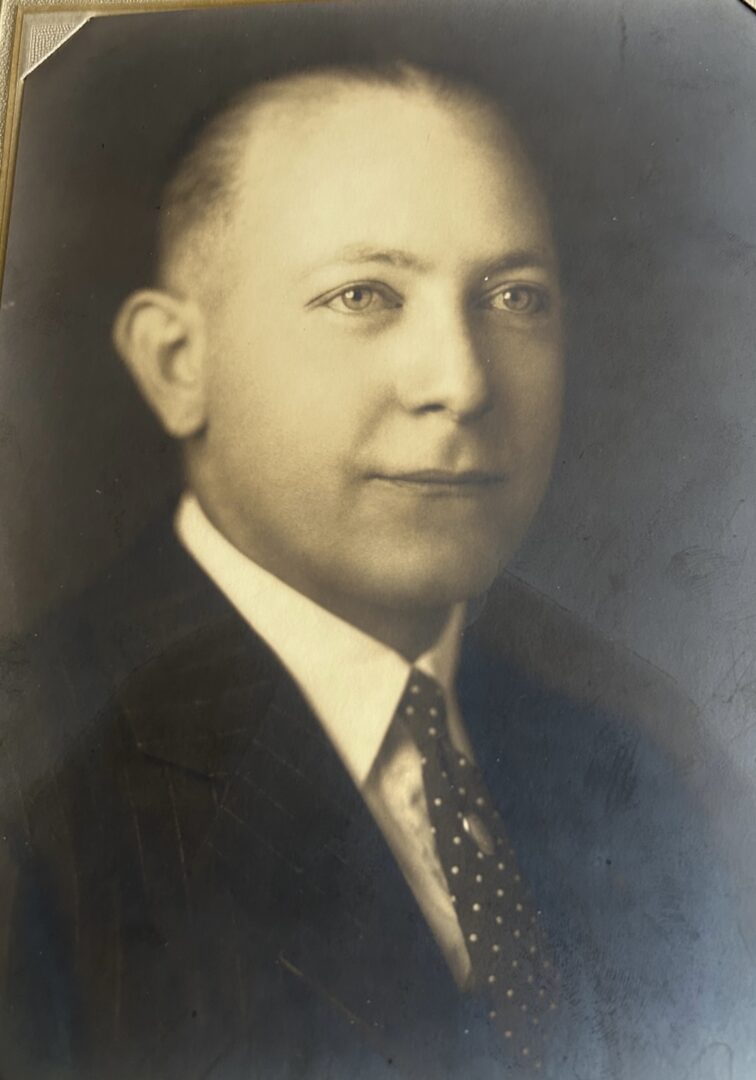
In Memphis, in addition to co-founding a paper products and office supply company with her husband and raising her family, Louise dedicated herself to voluntarism with a focus on mental health and children. From 1952 to 1960, she served as vice chair and then chair of the Junior Red Cross Committee of the Memphis-Shelby County Chapter of the American Red Cross, for whom she led a trip to Europe in the summer of 1957 and worked to enroll Black students in the organization at a time of racial segregation.
Louise died in 1995 at age 89 and was buried in Temple Israel Cemetery in Memphis.
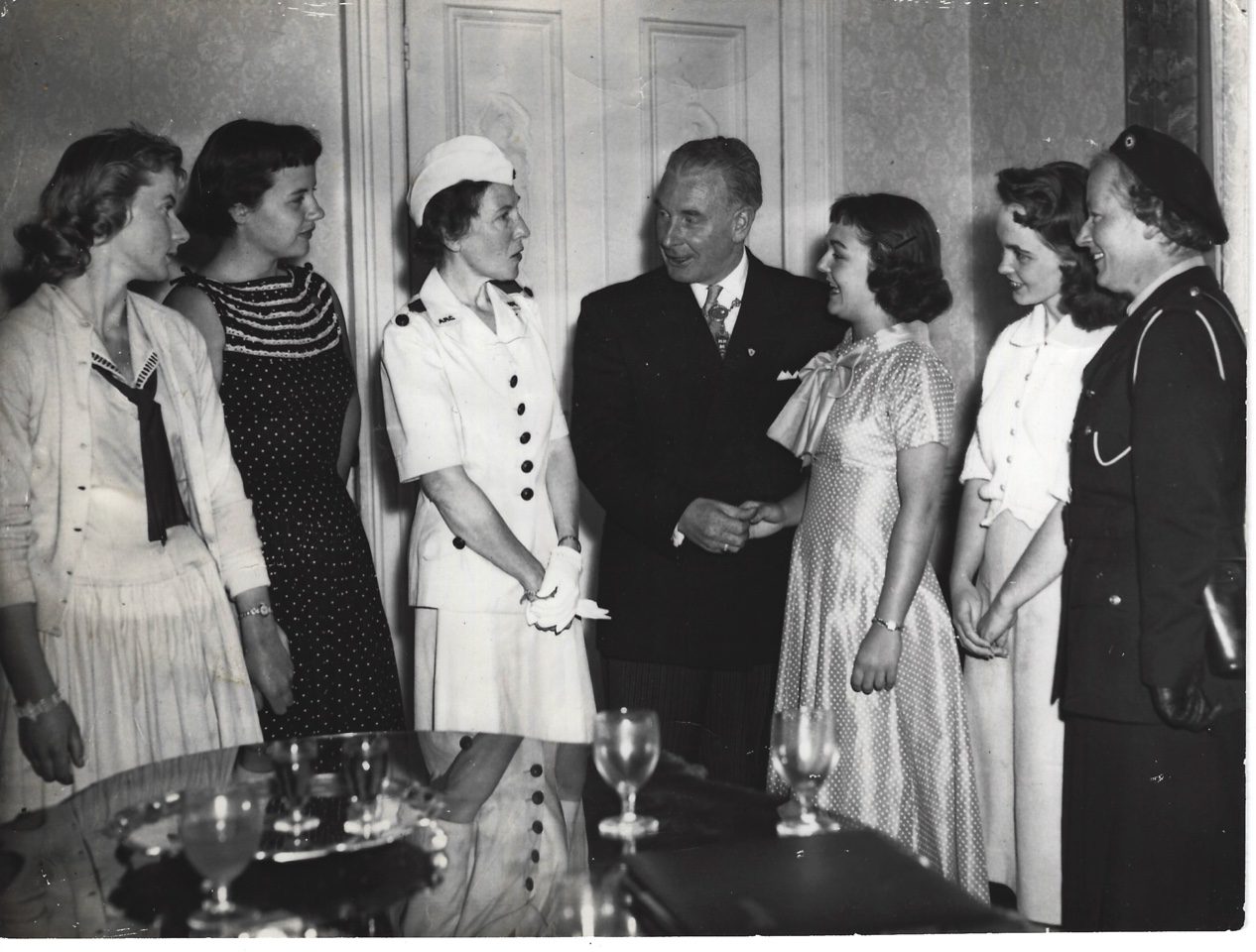
Louise Feilschmidt Goodman, in white uniform, during a 1957 European tour which she led on behalf of the Memphis-Shelby County Junior Red Cross. Courtesy of Steve Salky, Louise’s grandson.
Hugo, known for his athleticism and “wise cracks” by his Newman class of 1924, marked the occasion of his 1928 graduation from Tulane’s Dental College by expressing his thanks to the Home’s board “for the measureless opportunity which you men and your benevolent organization have so generously extended.”
During World War II, serving as an Army infantry medic, Hugo was captured by the Germans while attempting to rescue three hundred wounded servicemen from the caves at Anzio, Italy, a feat for which he was awarded the Bronze Star, Silver Star, Purple Heart, and a Presidential Unit Citation. Read more about Hugo’s heroic actions at Anzio here, as related by fellow soldier, Dr. Peter Graffagnigno.
Hugo married and raised a family in Dallas, where he practiced dentistry until his retirement in 1967. He died in 1970.
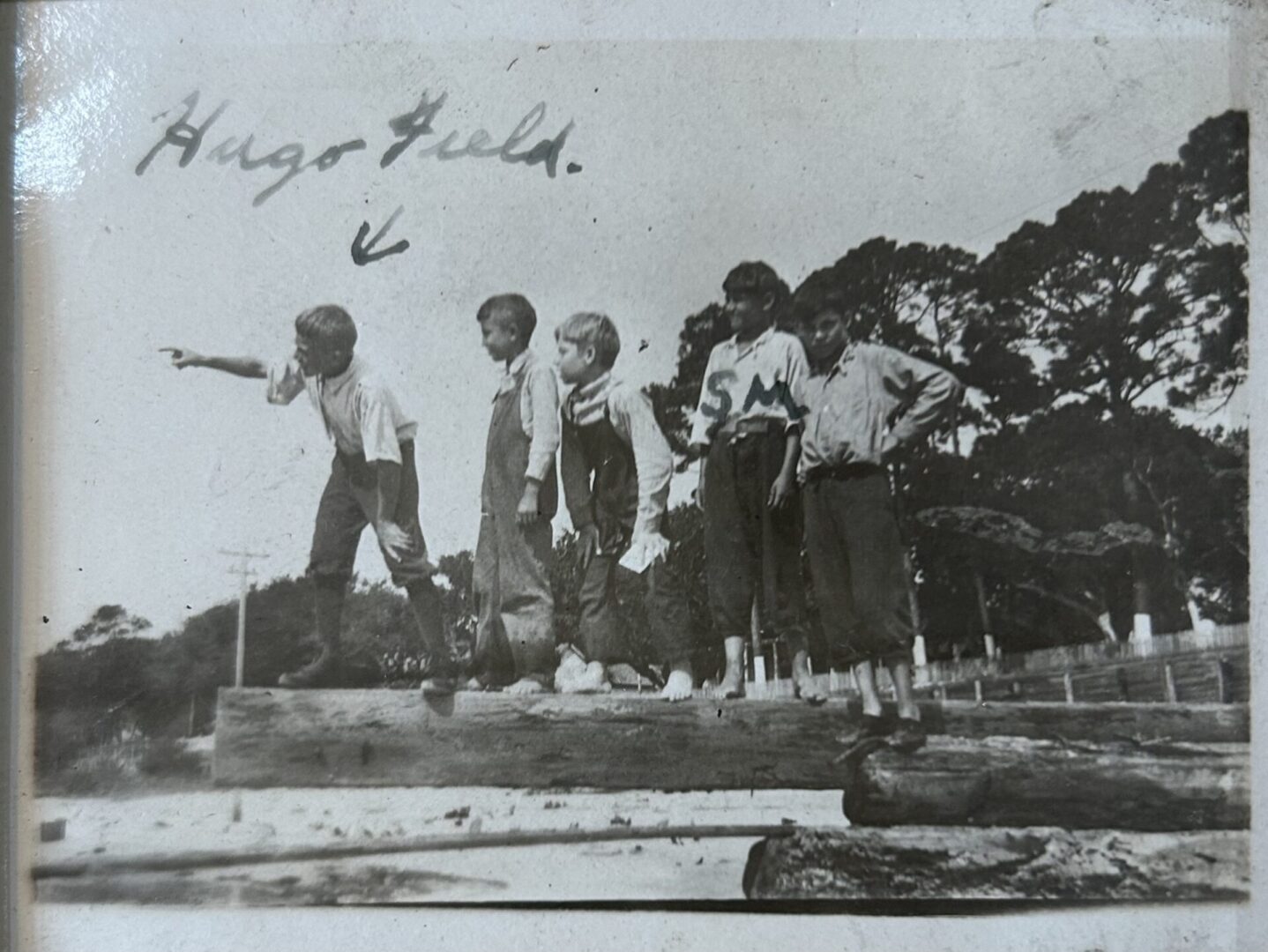
Hugo Feilschmidt, far left, with other Home boys at Bay St. Louis, Mississippi, 1919. “SM,” written on the shirt of the boy second from right, may be Sam Milkis. Courtesy JCRS.


Hugo Feilschmidt, center, with fellow football teammates of the Isidore Newman Manual Training School (then known as Manual), 1924. Newman Pioneer, 1924.

Hugo Feilschmidt, Tulane University Dental College, Tulane Jamabalaya, 1928.

Captain Hugo Feilschmidt, front row, far right, is shown with fellow officer-POWs who were held at Oflag 64, a World War II German prisoner-of-war camp for American officers located at Szubin, Poland, which at that time was occupied by Nazi Germany.
